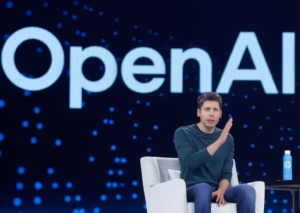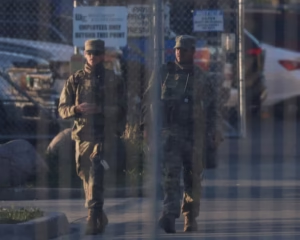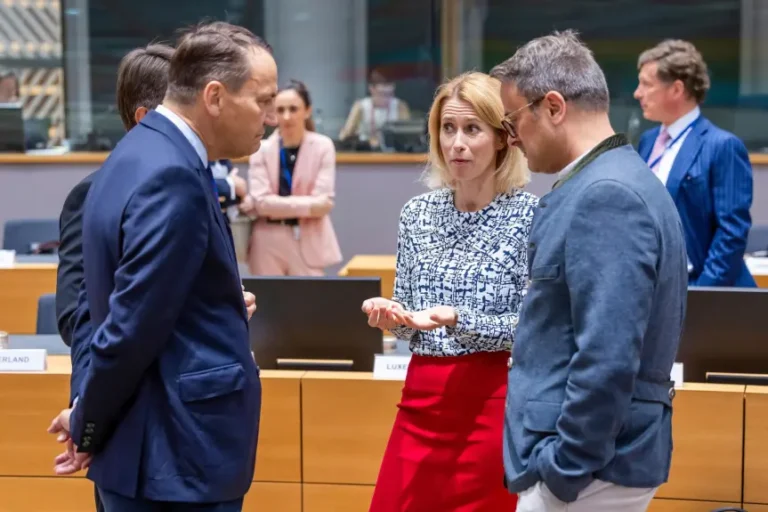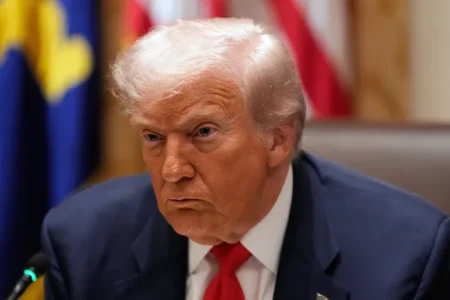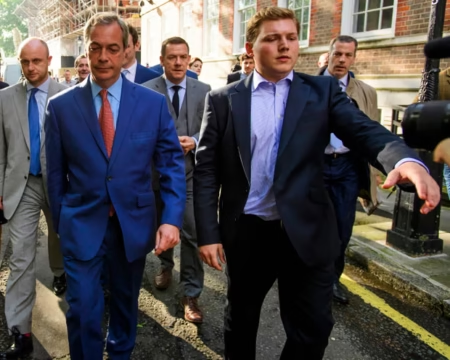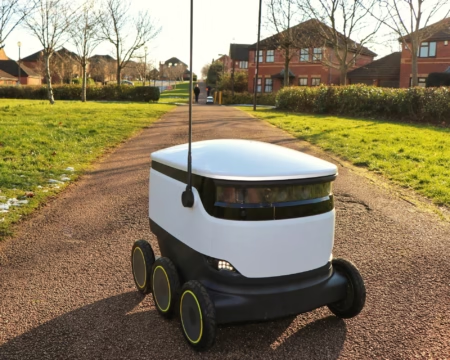Europe and Ukraine’s allies say the upcoming US-Russia summit cannot decide Ukraine’s land swaps without Ukraine’s involvement. However, they also accept that Russia is unlikely to give up any Ukrainian territory it currently controls.
Ahead of the Alaska summit on Friday, US President Donald Trump mentioned that a peace deal might involve “some swapping of territories.” But European officials see no indication Russia will offer to swap land. So far, neither Ukraine nor European leaders have been invited to the talks.
On Monday, European Union foreign ministers will meet following weekend discussions between US and European security advisers. The ministers are concerned that Russian President Vladimir Putin may use the summit to portray Ukraine as unwilling to compromise.
There are growing worries in Europe and Ukraine that Kyiv might be pressured into giving up land or limiting its sovereignty. Both Ukraine and its European supporters reject the idea that Putin should claim any Ukrainian land before agreeing to a ceasefire.
EU foreign policy chief Kaja Kallas emphasized, “International law is clear: All temporarily occupied territories belong to Ukraine.” She added that “aggression cannot be rewarded” for peace to be lasting and just.
Polish Prime Minister Donald Tusk said, “State borders cannot be changed by force,” adding any land swaps or peace terms “must be agreed upon with Ukraine’s participation.”
Germany’s Chancellor Friedrich Merz also stated on Sunday that Germany will not accept discussions on territorial issues being made “over the heads” of Ukrainians or Europeans.
Despite these firm positions, the reality on the ground cannot be ignored. Russia annexed Ukraine’s Donetsk and Luhansk regions in 2022, as well as Kherson and Zaporizhzhia in the south, even though it does not fully control all these areas. Russia also occupies the Crimean Peninsula, seized in 2014.
The front line stretches about 1,000 kilometers (620 miles). Russia’s larger military has made slow but costly advances in its summer offensive. The fighting and bombardments have killed more than 12,000 Ukrainian civilians, according to UN estimates.
NATO Secretary General Mark Rutte said on CBS, “The issue that Russia is factually controlling part of Ukraine has to be on the table” after the summit. He clarified that Ukraine’s Western allies “can never accept that in a legal sense,” but they might tacitly acknowledge Russian control.
Rutte compared the situation to the US hosting diplomatic missions of Estonia, Latvia, and Lithuania from 1940 to 1991. During that time, the US acknowledged Soviet control of those territories but never accepted it legally.
For Ukraine’s President Volodymyr Zelenskyy, giving up any territory without a ceasefire first would be nearly impossible to accept at home after thousands of soldiers have died defending the country.
Some analysts believe Putin’s main goal is not the land itself but a Ukraine with a government friendly to Russia. Such a government would be less likely to join NATO, similar to how pro-Russian regions in Georgia have complicated its NATO membership prospects.
Zelenskyy insists that talks must begin with a halt to fighting. European allies support him, saying that any land swaps should be decided by Ukraine itself and never be a condition before a ceasefire.
Territorial issues may also be part of broader negotiations on security guarantees. Ukraine seeks assurances to prevent future conflicts.
Europe believes Ukraine’s strongest defense is a robust military. They oppose any limits on the size of Ukraine’s army or its access to weapons, arms, and ammunition.
Beyond military strength, Europeans say Ukraine should be free to choose its future, whether joining the EU or remaining neutral. The Trump administration, however, has ruled out NATO membership for Ukraine for the foreseeable future.


